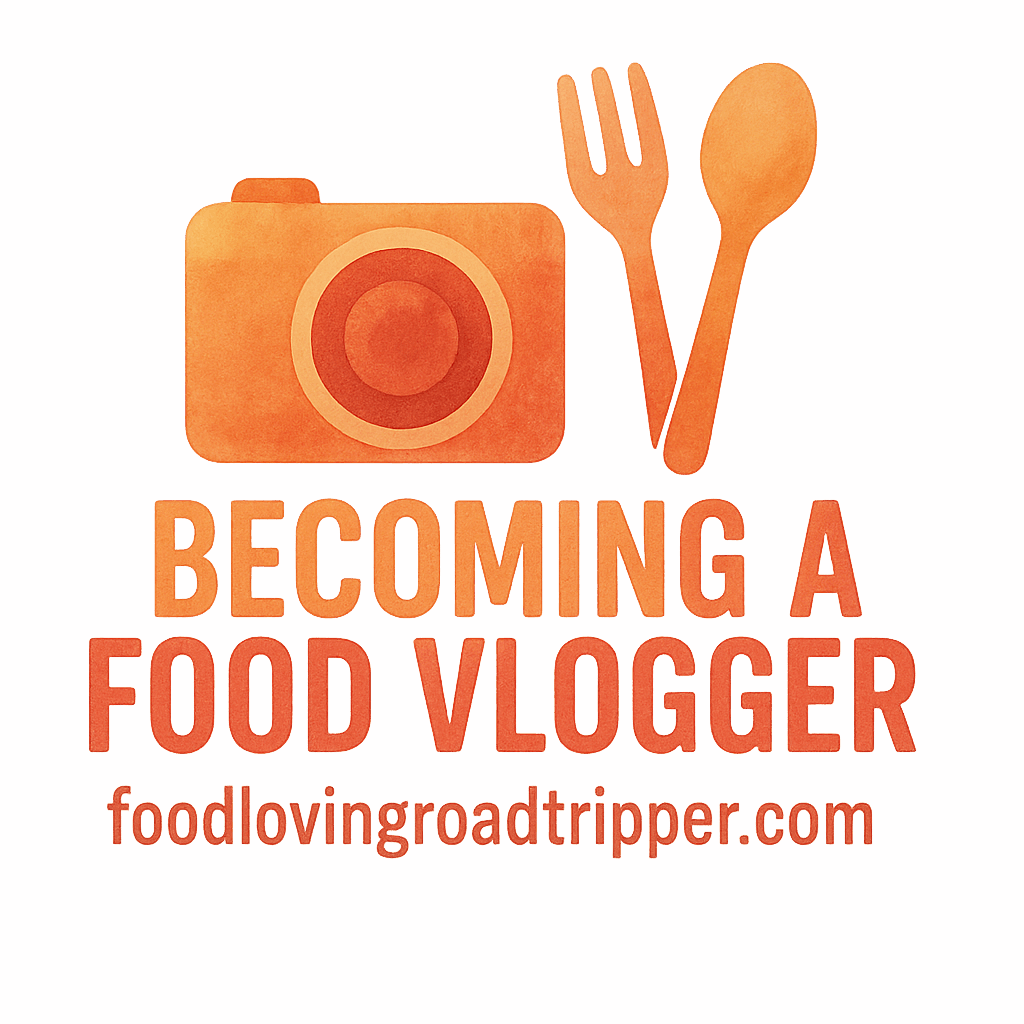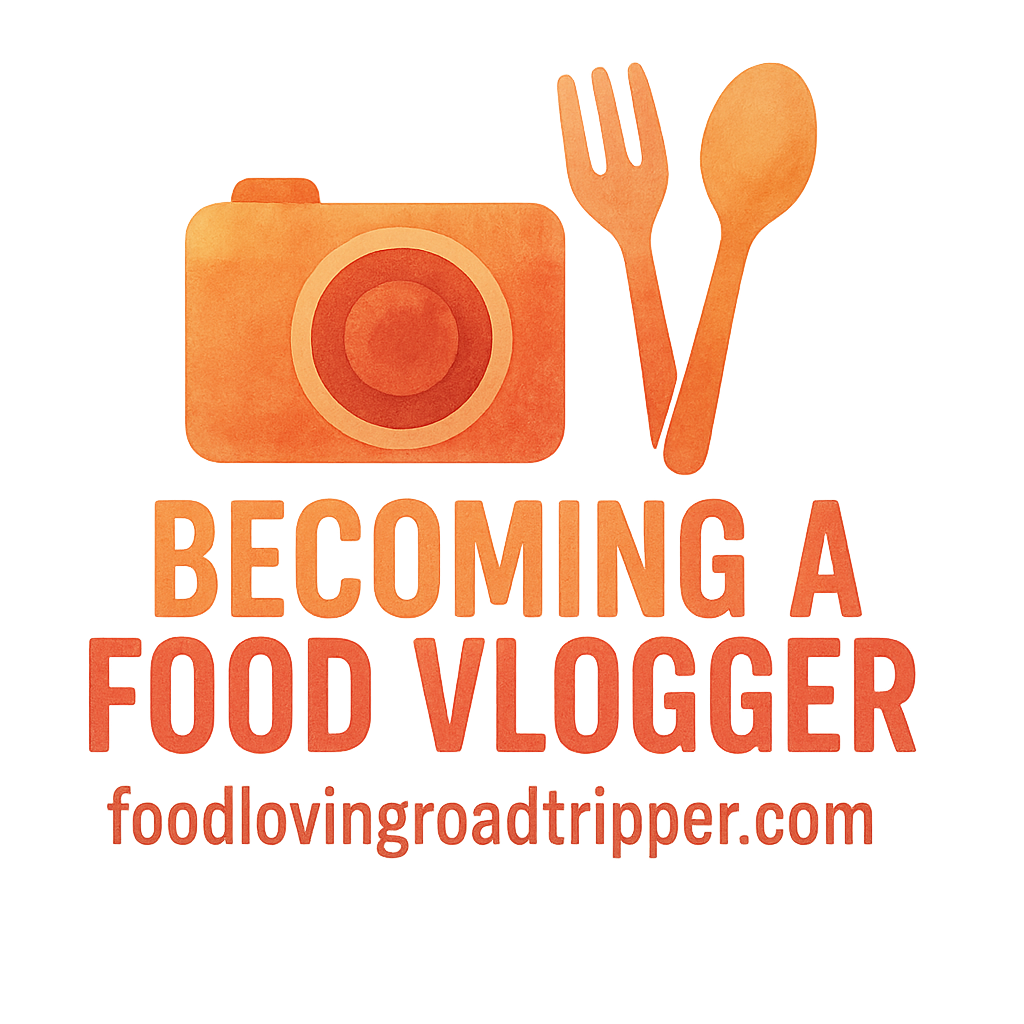Introduction
Food vlogging has evolved into a powerful form of content creation where editing plays a crucial role in setting the mood and engaging your audience. As a food vlogger, your editing style can differentiate your videos from the competition. Whether you’re showcasing the rich textures of a dish or the vibrant colors of fresh ingredients, your editing decisions help convey the story behind your food.
In this article, we’ll cover 5 unique editing styles that can elevate your food vlogs. From slow-motion shots to cinematic techniques, these styles will make your videos more dynamic, professional, and engaging. If you want to take your food vlogging game to the next level, these editing styles are a must-try!
1. The Slow-Motion Style
Capturing the Essence of Food
One of the most visually captivating techniques in food vlogging is slow-motion. This style enhances the sensory appeal of food by slowing down key moments like pouring sauce or slicing through ingredients. By emphasizing the intricate details, slow-motion helps capture the beauty of your dish, from the sizzle of a hot pan to the delicate texture of a dessert.
For more tips on improving your editing skills, check out our content creation guide.
When to Use Slow-Motion in Food Vlogs
Use slow-motion during moments when visual impact is paramount:
- Pouring sauces: The slow-motion effect amplifies the liquid’s movement, adding drama.
- Cutting into food: Showcase textures like the crispiness of a pie crust or the tender layers of a cake.
- Sizzling moments: Capture the auditory and visual appeal of ingredients sizzling in a pan.
If you’re looking to make your slow-motion moments even more effective, consider learning about the right equipment and tools here.
2. The Fast-Cut/Time-Lapse Style
Creating Engaging, Quick-Paced Content
If you’re aiming for a high-energy video, the fast-cut and time-lapse style is an excellent choice. This editing technique allows you to condense lengthy processes into engaging snippets, maintaining a fast-paced flow. It’s ideal for keeping your viewers’ attention while providing them with a dynamic visual experience.
For beginners, you can start with basic editing tips that you can find on our getting started page.
How to Execute This Style Effectively
To create seamless fast cuts and time-lapses, consider these tips:
- Edit with purpose: Each cut should feel intentional and contribute to the overall story.
- Smooth transitions: Avoid jarring cuts; they can break the viewer’s focus.
- Sync with music: Fast-paced music can enhance the rhythm of your cuts and transitions.
For additional advice on editing and engagement techniques, take a look at our engagement strategy resources.
3. The Overhead Shot Style
Importance of Perspective in Food Vlogging
Overhead shots are essential in food vlogging, giving viewers a bird’s-eye view of your cooking process. This perspective allows your audience to appreciate the finer details of ingredient prep, cooking, and final presentation. An overhead shot can also make your content look more professional and polished, offering a cinematic appeal to your videos.
For a more professional setup, check out our equipment tools section for the best camera gear.
Common Mistakes to Avoid
While the overhead shot style is effective, there are some common pitfalls to watch out for:
- Unstable shots: Make sure your camera setup is steady to avoid distracting shakiness.
- Inadequate lighting: Overhead shots can easily become too dark or overly harsh if the lighting isn’t right.
- Poor framing: Always ensure the subject is clearly in focus and centered.
If you want to dive deeper into lighting techniques, we recommend checking out our growth marketing strategies that often incorporate lighting insights for better video production.

4. The Close-Up Style
Capturing Texture and Details
Close-up shots are perfect for showing off the textures and intricate details of your food. From the glossy sheen of a perfectly roasted chicken to the delicate crunch of freshly baked bread, close-ups bring your dishes to life. The beauty of close-ups lies in their ability to highlight every layer, texture, and component of your meal.
Need some tips on how to make your close-up shots look better? Visit our budget editing tips page for affordable solutions here.
When to Use Close-Up Shots
Close-ups are ideal for moments when you want to emphasize a dish’s texture or highlight its aesthetic appeal:
- Ingredient textures: Capture the intricate details of chopped vegetables or spices.
- Plating details: Close-ups allow your viewers to appreciate the art of food presentation.
- Action shots: Use close-ups to emphasize the moment of action, like cracking an egg or stirring a sauce.
To improve your video quality and close-up shots, check out our tips on editing here.
5. The Cinematic Style
Using Film-like Techniques to Elevate Your Content
The cinematic editing style is about bringing a film-like quality to your food videos. By using techniques such as color grading, lighting, and smooth transitions, you can elevate the production value of your content. This style is great for creating a more refined and polished feel to your food vlogs, making them stand out from more casual or amateur footage.
Want to learn more about cinematic styles? Check out our gadget guide for equipment that can help you achieve this look.
Key Elements of Cinematic Editing
Here’s how to achieve a cinematic look for your food videos:
- Lighting: Soft and diffused lighting can make your food look inviting and professional.
- Color grading: Play with color tones to set the mood of your video — warm for comfort foods, or cool for fresh and crisp dishes.
- Composition and framing: Be mindful of where you place your food in the frame; the rule of thirds works wonders for cinematic shots.
- Sound design: The right background score and ambient sounds enhance the cinematic feel, making your videos immersive.
If you’re looking to incorporate sound design into your vlogs, explore our video tips for advice on elevating your auditory elements.
Conclusion
Experimenting with various editing styles will help you find your unique voice as a food vlogger. Don’t be afraid to try new techniques to keep your content fresh and engaging. Whether you’re using slow motion to highlight a pouring sauce or going for a cinematic film style, your editing style is what sets your food vlogs apart.
For more guidance on growing your food vlogging career, visit our growth marketing page to understand how to engage your audience better.
Experiment and Find Your Unique Style
Every food vlogger has the potential to develop a signature style. By trying out different editing techniques and paying attention to the nuances of each style, you’ll not only keep your videos exciting but also build a brand that resonates with your audience. The more you experiment, the more you’ll refine your unique approach.
FAQs
1. What is the best editing software for food vloggers?
Some popular editing software options for food vloggers include Adobe Premiere Pro, Final Cut Pro, and DaVinci Resolve. For those on a budget, you can start with Filmora or iMovie, both of which provide beginner-friendly features. For more options, check out our equipment tools.
2. How do I make my food videos more engaging?
Focus on adding variety in your edits. Use a combination of slow-motion, time-lapses, and close-ups to keep your viewers engaged. Don’t forget to incorporate sound effects and music to complement the visuals. For more tips, see our engagement strategies here.
3. Should I focus on one editing style or try different ones?
It’s a great idea to experiment with different styles. Over time, you’ll develop a signature style that best represents your brand. To learn more about growing your channel, visit our growth marketing page.
4. How can I incorporate slow-motion without making it too much?
Use slow-motion sparingly. Only slow down moments that are visually rich or crucial to the story. For more advice on editing, check out our editing techniques section.
5. Can I edit food videos on a budget?
Yes! Many tools available on the market are free or affordable, such as Shotcut or DaVinci Resolve. For more budget-friendly options, check out our tips on budget editing here.
6.How important is music in food vlogging editing?
Music is essential to set the tone of your video. It adds emotion, energy, and context to your food content. To improve your videos, explore more about video editing tips here.
7. How do I keep my food vlogs unique?
Continuously experiment with new editing techniques and maintain your own style. For more tips on building your brand and staying unique, visit our monetization page.


